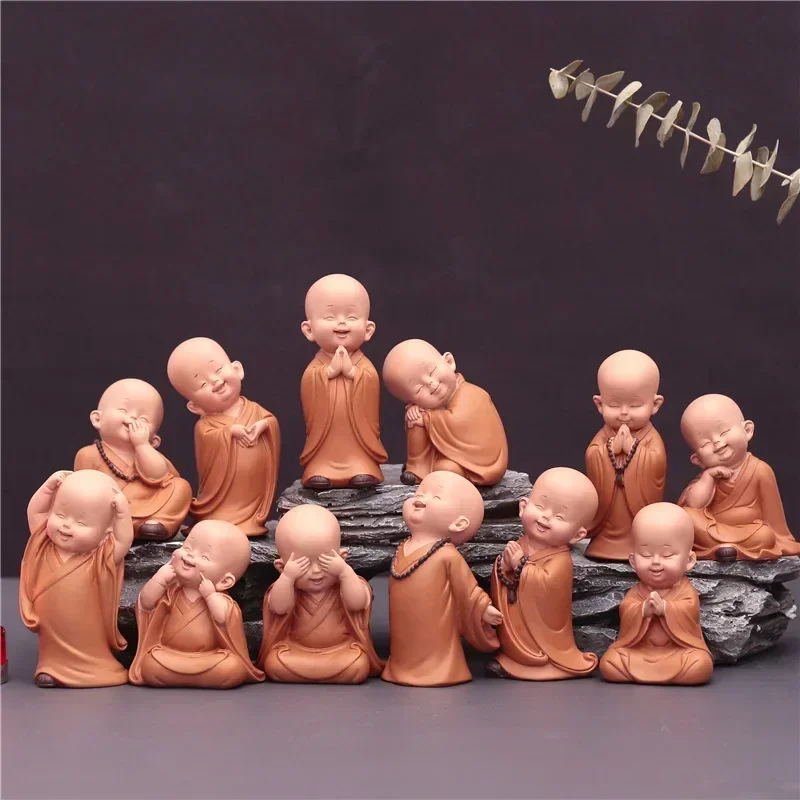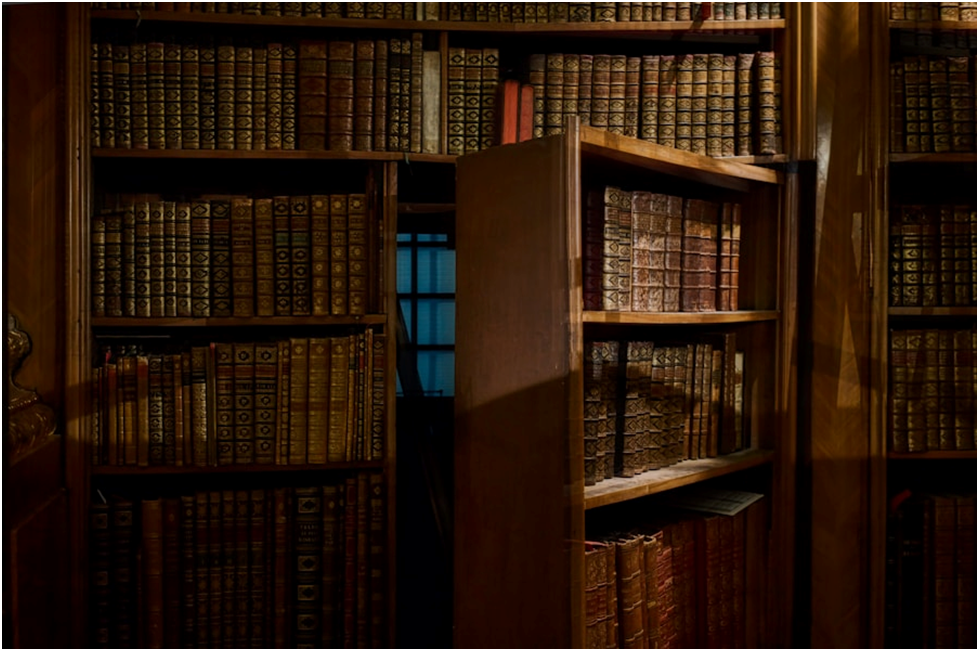Contents
- 1 Uncovering the History of Skull and Bones
- 2 Skull and Bones
- 3 Key Takeaways
- 3.1 The Secretive Nature of the Society
- 3.2 Membership and Recruitment
- 3.3 The Rituals and Traditions of Skull and Bones
- 3.4 Prominent Members and Their Legacies
- 3.4.0.1 The Ongoing Mystique and Speculation Around Skull and Bones
- 3.4.0.2 FAQs
- 3.4.0.2.1 What is Skull and Bones?
- 3.4.0.2.2 When was Skull and Bones founded?
- 3.4.0.2.3 Who are the members of Skull and Bones?
- 3.4.0.2.4 What is the initiation process for Skull and Bones?
- 3.4.0.2.5 What is the purpose of Skull and Bones?
- 3.4.0.2.6 What are some famous members of Skull and Bones?
- 3.4.0.2.7 Is Skull and Bones still active?
- 4
Uncovering the History of Skull and Bones
Shrouded in secrecy and whispered about in hushed tones, Skull and Bones, a senior society at Yale University, has captivated imaginations for nearly two centuries. Founded in 1832 by William Huntington Russell and Alphonso Taft, the society’s origins remain shrouded in some mystery. Some accounts suggest it arose from a dispute among existing debating societies, while others claim Russell drew inspiration from European secret societies encountered during his travels.
From its inception, Skull and Bones cultivated an aura of exclusivity. Membership is limited to a select group of seniors, chosen through a secretive process known as “tapping.” New members, known as “Bonesmen,” participate in initiation rituals that remain shrouded in secrecy, further fueling the society’s mystique.
At the heart of Skull and Bones lies the “Tomb,” a distinctive brownstone building constructed in 1856. This fortress-like structure houses the society’s meeting rooms, archives, and coveted memorabilia. The society also possesses significant financial resources, overseen by the Russell Trust Association, a business entity established in 1856.
The society’s influence extends beyond the walls of Yale. Several prominent figures, including presidents William Howard Taft and George H.W. Bush, and George W. Bush, have been members, raising questions about the potential influence of Skull and Bones on American politics and power structures. These connections, along with the society’s secrecy, have fueled conspiracy theories and accusations of elitism.
However, Skull and Bones also boasts a distinguished list of alumni who have made significant contributions in various fields. The society itself emphasizes leadership, scholarship, service, and philanthropy among its members.
Despite its long history, Skull and Bones remains an enigma. The veil of secrecy surrounding its rituals and activities continues to intrigue and sometimes inflame public curiosity. Whether it’s a breeding ground for future leaders or simply a private social club, Skull and Bones remains a fascinating, albeit controversial, chapter in American history.
Skull and Bones
The Skull and Bones society, founded in 1832 at Yale University, has long been shrouded in mystery and speculation. This elite and secretive organization has captured the imagination of the public for generations, with its origins and purpose sparking countless theories and debates.
The founding of Skull and Bones in the early 19th century was a pivotal moment in the history of Yale and the broader academic landscape. Established by a group of students, the society quickly gained a reputation for its exclusivity and the secrecy that surrounded its activities. The early years of Skull and Bones were marked by a veil of mystery, with little information about the society’s inner workings and membership being made public.
This lack of transparency has only fueled the speculation and intrigue surrounding the organization. Theories abound about the true motivations behind the founding of Skull and Bones, with some suggesting that it was established as a way for the elite to consolidate power and influence, while others believe it was a more benign intellectual and social club. Regardless of the society’s original purpose, its secretive nature has ensured that the true story of its founding remains elusive, leaving scholars and the public alike to ponder the enigmatic origins of this powerful and influential organization.
Key Takeaways
- Skull and Bones is a secret society that originated at Yale University in 1832.
- The society is known for its secretive nature, with members sworn to secrecy and a lack of public information available.
- Membership is exclusive and recruitment is often done through family connections or academic achievement.
- The society has various rituals and traditions, including the infamous “tomb” where members gather.
- Allegations of connections to power and influence have surrounded Skull and Bones, leading to controversy and criticism.
The Secretive Nature of the Society
The Skull and Bones society is renowned for its strict code of silence and secrecy, which has been fiercely guarded by its members for nearly two centuries. This unwavering commitment to maintaining the society’s privacy has made it an enduring source of fascination and speculation, as the public and researchers alike have struggled to penetrate the veil of secrecy that surrounds the organization.
The society’s refusal to disclose information about its activities and membership has been a significant obstacle for those seeking to understand its inner workings. Skull and Bones members are bound by a solemn oath of silence, which prohibits them from discussing the society’s affairs with non-members. This code of secrecy extends to the society’s rituals, traditions, and decision-making processes, all of which remain shrouded in mystery.
The challenges in researching and understanding Skull and Bones are further compounded by the society’s reluctance to engage with the public or provide any meaningful insight into its operations. Despite the intense curiosity and speculation surrounding the organization, its members have steadfastly maintained their silence, leaving scholars and the general public to piece together the limited information that has trickled out over the years. This steadfast commitment to secrecy has only served to heighten the mystique and intrigue surrounding the Skull and Bones society, fueling ongoing debates and investigations into its true nature and influence.
Membership and Recruitment
The Skull and Bones society is renowned for its highly selective and exclusive membership, with only a small number of individuals being granted the privilege of joining the organization each year. This exclusivity has contributed to the society’s aura of power and influence, as its members are often drawn from the upper echelons of society, including prominent political, business, and academic figures.
The process of recruitment and initiation into Skull and Bones is shrouded in secrecy, with the society going to great lengths to maintain the confidentiality of its membership selection. Each year, a small group of Yale students, typically from the junior class, are chosen to join the society, a process that is believed to involve a rigorous vetting and selection process. The criteria for membership are not publicly known, but it is widely assumed that the society seeks out individuals who possess a combination of academic excellence, leadership potential, and social standing.
The perceived social and political influence of Skull and Bones members has been a source of ongoing debate and speculation. Many believe that the society’s exclusive membership and the connections and resources available to its members have enabled them to wield significant power and influence in various spheres of society. This perception has fueled concerns about the potential for nepotism, elitism, and the concentration of power within a small, privileged group. As the society’s members continue to rise to positions of prominence in various fields, the debate over the extent and nature of Skull and Bones’ influence on world events is likely to persist.
The Rituals and Traditions of Skull and Bones
The Skull and Bones society is renowned for its mysterious and often bizarre rituals and ceremonies, which are believed to play a central role in the organization’s culture and identity. These rituals, which are closely guarded secrets, are said to involve a range of symbolic and esoteric practices that are intended to foster a sense of exclusivity and power among the society’s members.
The significance and symbolism of the society’s iconography and traditions have been the subject of much speculation and debate. The skull and crossbones, for instance, are widely recognized as the society’s primary symbol, and are believed to hold deep symbolic meaning for its members. Similarly, the society’s tomb-like building at Yale University, known as the “Tomb,” is said to be the site of various rituals and ceremonies that are shrouded in secrecy.
The role of these rituals in shaping the Skull and Bones experience is a crucial aspect of the society’s mystique. By engaging in these exclusive and often enigmatic practices, members are believed to develop a strong sense of camaraderie, loyalty, and shared identity. This, in turn, is thought to contribute to the society’s perceived power and influence, as its members are bound together by a common set of experiences and beliefs that set them apart from the broader population.
Alleged Connections to Power and Influence
| Year Founded | 1832 |
| Location | Yale University, New Haven, Connecticut |
| Membership | Approximately 800 living members |
| Notable Members | George H.W. Bush, George W. Bush, John Kerry, William F. Buckley Jr. |
| Controversies | Accusations of elitism and secrecy, alleged influence on politics and business |
The Skull and Bones society has long been the subject of speculation and rumor regarding its alleged connections to power and influence. The perception that Skull and Bones members wield significant political and economic power has been a persistent theme in discussions about the organization, with many believing that the society’s exclusive membership and secretive nature have enabled its members to exert a disproportionate influence on world events.
The society’s alleged connections to high-profile individuals and organizations have only fueled this perception. Over the years, Skull and Bones has been linked to a range of powerful entities, from government agencies and multinational corporations to influential think tanks and political organizations. These alleged connections have led some to believe that the society serves as a conduit for the consolidation and exercise of power, with its members using their positions and resources to shape the course of history.
The debate over the extent and nature of Skull and Bones’ influence on world events is an ongoing one, with proponents and critics offering competing perspectives on the society’s role and impact. While some view the society as a benign intellectual and social club, others see it as a sinister force that wields undue influence over the political and economic spheres. Ultimately, the lack of transparency surrounding the society’s activities and membership has made it difficult to definitively assess the validity of these claims, leaving the public to draw their own conclusions about the true nature and extent of Skull and Bones’ power and influence.
Controversies and Criticisms Surrounding Skull and Bones
The Skull and Bones society has long been the subject of intense scrutiny and criticism, with its secretive nature and alleged activities sparking a range of ethical and moral concerns. The society’s refusal to disclose information about its operations and membership has led many to question the legitimacy and propriety of its activities, fueling accusations of elitism, nepotism, and exclusion.
One of the primary criticisms leveled against Skull and Bones is its perceived lack of transparency and accountability. The society’s strict code of silence and its reluctance to engage with the public have led some to argue that it operates in a manner that is fundamentally at odds with the principles of democratic governance and open discourse. This has led to calls for greater transparency and oversight, with critics arguing that the society’s activities should be subject to greater public scrutiny and accountability.
In addition to concerns about transparency, Skull and Bones has also been the target of criticism regarding the ethical and moral implications of its alleged activities. The society’s rumored involvement in various controversial practices, such as the use of occult rituals and the acquisition of sensitive information, have led some to question the ethical foundations of the organization. These criticisms have only intensified in recent years, as the public’s appetite for greater transparency and accountability in institutions of power has grown.
Despite these ongoing controversies and criticisms, the Skull and Bones society has remained steadfast in its commitment to secrecy and exclusivity. The organization’s refusal to engage with its critics or address the concerns raised about its activities has only served to perpetuate the perception that it operates in a manner that is fundamentally at odds with the values of openness and democratic accountability.
The Skull and Bones Tomb at Yale University
The Skull and Bones society’s iconic tomb-like building at Yale University, known simply as the “Tomb,” is a central feature of the organization’s mystique and symbolism. This imposing structure, with its distinctive architecture and secrecy-shrouded activities, has long been the subject of fascination and speculation among the public and researchers alike.
The significance and symbolism of the Skull and Bones Tomb are deeply intertwined with the society’s rituals and traditions. The building is believed to be the site of various secretive ceremonies and activities, including the initiation of new members and the ongoing rituals that are said to foster a sense of exclusivity and power among the society’s members.
The efforts to maintain the secrecy and exclusivity of the Skull and Bones Tomb have been a key aspect of the society’s operations. The building is heavily guarded and access is strictly limited to members, with non-members being prohibited from entering or even approaching the structure. This level of secrecy has only served to heighten the mystique and intrigue surrounding the Tomb, as the public is left to wonder about the nature of the activities that take place within its walls.
Despite the intense curiosity and speculation surrounding the Skull and Bones Tomb, the society has remained steadfast in its commitment to maintaining the secrecy and exclusivity of the building. This unwavering dedication to preserving the Tomb’s mystique has only contributed to the enduring fascination and intrigue that surrounds the Skull and Bones society as a whole, as the public continues to ponder the true nature and significance of this enigmatic structure.
Prominent Members and Their Legacies
The Skull and Bones society has long been associated with a roster of prominent and influential members, many of whom have gone on to shape the course of history in various spheres of society. From politicians and business leaders to public intellectuals and cultural icons, the list of notable Skull and Bones members is a testament to the society’s perceived power and influence.
The perceived influence and impact of these Skull and Bones members on various aspects of society has been a subject of ongoing debate and speculation. Many believe that the society’s exclusive membership and the connections and resources available to its members have enabled them to wield significant power and influence in their respective fields. This perception has fueled concerns about the potential for nepotism, elitism, and the concentration of power within a small, privileged group.
At the same time, the legacies of Skull and Bones members have also been the subject of intense scrutiny and criticism. Some have argued that the society’s secretive nature and alleged involvement in controversial activities have had a negative impact on the reputations and careers of its members, with critics pointing to instances of unethical or questionable behavior that have been linked to the society.
Ultimately, the ongoing debate over the role of Skull and Bones in shaping the careers and legacies of its members reflects the broader tensions and controversies that have surrounded the society for generations. As the list of notable Skull and Bones members continues to grow, the public’s fascination with the organization and its perceived influence is likely to persist, with the debate over the true nature and impact of the society’s activities remaining a subject of intense scrutiny and speculation.
The Ongoing Mystique and Speculation Around Skull and Bones
The Skull and Bones society’s enduring mystique and the ongoing speculation surrounding its activities and influence have been a defining feature of its legacy. Despite the passage of nearly two centuries since its founding, the organization continues to captivate the public’s imagination, with its secretive nature and perceived power fueling a seemingly endless stream of theories and conspiracy theories.
The fascination and curiosity surrounding Skull and Bones can be attributed to a range of factors, from the society’s exclusive membership and rituals to its alleged connections to power and influence. The lack of transparency and the society’s steadfast commitment to maintaining its secrecy have only served to heighten the public’s interest, as people are left to wonder about the true nature and extent of the organization’s activities.
The challenges in separating fact from fiction in the ongoing discussion about Skull and Bones have been a significant obstacle for researchers and the public alike. The society’s refusal to engage with its critics or provide any meaningful insight into its operations has made it difficult to definitively assess the validity of the various claims and theories that have been put forth over the years. This, in turn, has contributed to the perpetuation of the Skull and Bones mystique, as the public is left to draw their own conclusions based on the limited information that is available.
Despite these challenges, the fascination and speculation surrounding Skull and Bones show no signs of abating. As the society continues to maintain its secrecy and exclusivity, the public’s curiosity is likely to persist, with the ongoing debate over the organization’s true nature and impact remaining a subject of intense interest and scrutiny for generations to come.
FAQs
What is Skull and Bones?
Skull and Bones is a secret society at Yale University in New Haven, Connecticut. It is also known as The Order of Skull and Bones or simply as Bones.
When was Skull and Bones founded?
Skull and Bones was founded in 1832 by William Huntington Russell and Alphonso Taft.
Who are the members of Skull and Bones?
The members of Skull and Bones are exclusively male students at Yale University. The society has a membership of around 800 living members, known as Bonesmen.
What is the initiation process for Skull and Bones?
The initiation process for Skull and Bones is shrouded in secrecy, but it is known to involve a ritualistic ceremony in which new members are given a new name and are required to swear an oath of loyalty to the society.
What is the purpose of Skull and Bones?
The purpose of Skull and Bones is not entirely clear, as the society’s activities and rituals are kept secret. However, it is believed to be a social and networking organization for its members, who are often influential in politics, business, and other fields.
What are some famous members of Skull and Bones?
Some famous members of Skull and Bones include former U.S. Presidents George H.W. Bush and George W. Bush, as well as numerous other politicians, business leaders, and cultural figures.
Is Skull and Bones still active?
Yes, Skull and Bones is still an active society at Yale University. Its membership is limited to Yale students who are selected by current members.










